In May this year, the Los Angeles Department of Transportation unveiled four unusual metal bus shelters. Small and quick to install, the shelters were supposed to be a simple way to provide lighting and shade for waiting passengers — only one-quarter of bus stops in the California city have shelters. Los Angeles currently experiences about 11 extreme heat days each year — a number projected to at least triple by mid-century — and needs ways to protect people from heat outside. But the shelters, a pierced metal panel with a short overhang, were quickly attacked for costing US$10,000 each and providing only a tiny patch of shade, enough for one or two people.
The bus stops are symbolic of a wider problem: most cities fail to provide citizens with enough shade. Low-income and marginalized communities tend to be worst affected, because they frequently live in the hottest urban areas and lack the resources, such as air conditioning, to cope. A 2019 study of 25 cities around the world, from Berlin to Buenos Aires, found that hot areas were typically concentrated in the poorest neighbourhoods, largely owing to a lack of tree canopy1. According to the American Forests Tree Equity Score — a national indicator of disparities in the distribution of urban trees — the poorest neighbourhoods in the United States have 41% less tree canopy than do the wealthiest ones, and people of colour typically live in areas that have one-third less shade than do areas where the majority of residents are white (see go.nature.com/3jxdtm3).
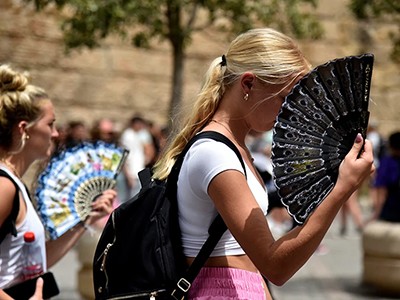
Even moderate heat strains the human heart
Limiting exposure to the Sun through shade is one of the most efficient and cost-effective ways to reduce heat-related health risks outdoors. Shade is simple to create using trees, buildings, canopies, shade sails, awnings and walls, yet is frequently overlooked in urban planning and climate-change mitigation strategies. Many cities lack shade on pavements, at public-transport stops, outside workplaces and in school play areas. Urban ‘shade deserts’ — places lacking the shade needed to reduce heat burden and protect human health outdoors — are part of the lived experience for low-income communities, and exacerbate heat-health disparities.
To address this challenge, cities must manage and improve the infrastructure that provides shade, just as they do for energy or transport. Academics and governments must adopt better measures of the human heat burden caused by direct sunlight, assess the distribution of shade and plan and evaluate interventions that reduce that burden effectively. They should ensure that this infrastructure lessens rather than exacerbates inequalities. Every city should plan for more shade, and scientists must support those efforts.
Recognize the benefits of shade
Table of Contents
Shade is an intuitive solution to heat: almost 40% of adults in the United States seek shade when outdoors, according to the US National Cancer Institute (https://progressreport.cancer.gov). Shade is effective at cooling because it protects the body from the Sun’s short-wave radiation, which includes ultraviolet and visible light — the main factor that determines human thermal comfort under warm or hot conditions outdoors. It also protects the body from hot surfaces and the heat they release. Shade can reduce a person’s total environmental heat burden by reducing air temperature, atmospheric moisture, wind speed and total radiant exposure. All else being equal, studies have found that the net heat burden is up to 20–40 °C less in the shade than in nearby Sun-exposed areas in arid, temperate and tropical climates worldwide2–5. For example, a person standing in the summer sunshine in Phoenix, Arizona, on a day with an air temperature of 35 °C would experience a heat load of 80 °C in direct sunlight, whereas someone in the shade will experience one similar to the air temperature (see ‘The difference made by shade’).
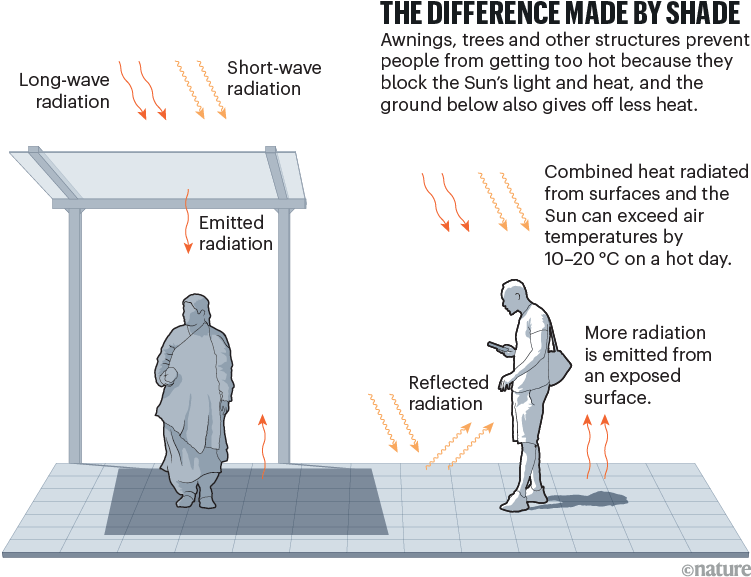
For centuries, shade was an integral part of urban design. The Romans designed homes with courtyards to provide shade and fountains to provide evaporative cooling. Buildings in hot regions typically incorporated courtyards and overhangs, and in some cities, streets were oriented to block the Sun. But the advent of air conditioning, cheap electricity and a growing reliance on cars, rather than walking, means that shade is no longer a priority. Today, few cities explicitly manage the distribution and extent of shade, its change over time and its value to society.
Assessments of tree shade find that marginalized communities are consistently the most bereft of shade. A report by The New York Times using the Tree Equity Score found that wealthy Americans with an income of more than $100,000 live in areas with 50% more tree canopy than do those living in poverty (see also https://treeequityscore.org). A study in Hyderabad, India, found that although street vendors rely on tree shade for their livelihoods, gentrification has pushed them away from well-shaded streets6.
Measure heat burden better
Cities need to measure and plan for shade on the basis of human experiences of heat, not just air temperatures and infrastructure. Currently, researchers and urban authorities tend to manage heat either as an acute public-health threat or through land planning, neither of which adequately accounts for shade.
Shade can provide temporary reprieve during extreme heat events, but it is not a substitute for avoiding prolonged exposure to unsafe outdoor air temperatures. For individuals with heat illness, mechanical cooling indoors could be the only way to lower the core body temperature back to safe levels. That is why heat emergency management has focused on solutions such as directing people to indoor cooling centres rather than outdoor solutions such as shade.
When it comes to outdoor conditions, a lot of attention has focused on ‘heat islands’ — the observation that many cities are hotter than rural areas in large part because of heat-trapping materials such as asphalt. Based on this concept, cities including Athens, New Delhi, Phoenix and Los Angeles are introducing ‘cool roofs’ and road surfaces that are painted white or incorporate materials that quickly re-radiate solar energy rather than absorb it. These can reduce surface temperatures effectively, yet from late morning to late afternoon, the extra energy reflected can add to the heat burden experienced by the human body with negligible impacts on air temperature7. Such solutions will not protect people from sunlight unless interventions also introduce vertical elements such as trees. Moreover, the heat island occurs predominantly at night, whereas the highest heat burdens to people and the greatest benefits of shade occur during the day.
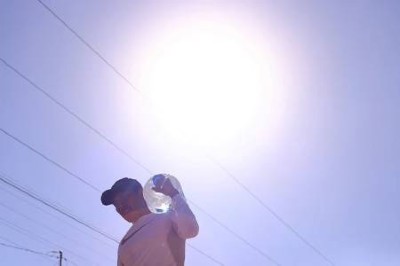
‘We haven’t seen this’: June’s record-smashing temperatures — in data
Heat islands are frequently assessed using land surface temperature, as measured by satellites. For instance, a global network of city mayors called C40 recommends using a variety of surface temperature sensors in a city to assess heat vulnerability and to guide action (see go.nature.com/3hdenqa). But these measures tell cities where urban surfaces are hottest, not necessarily where people feel hottest. One study in Tel Aviv in Israel found that residential neighbourhoods that are poorly shaded (some with as little as 12% shade) appear cool in surface temperature maps because of abundant turf. Yet regions in the city that have ample shade from tall buildings (with 52–64% shade) would appear hottest on a surface temperature map because of heat-trapping surfaces (see go.nature.com/44jn2zb).
Cities need to deploy better measures of how humans experience heat. Instead of focusing on air or surface temperatures, they should track the mean radiant temperature: the net thermal exchange between the human body and the environment that surrounds it. This metric is typically derived over small areas using a combination of field methods and computational modelling and simulation. Cities will require more user-friendly and affordable ways to access such data, with enough spatial and temporal resolution to identify patterns and address inequities. Researchers can help by demonstrating that use of mean radiant temperature as a metric characterizes personal heat exposure more accurately than do other metrics, and by developing methods to improve data accessibility.
Audit and plan shade infrastructure
Armed with better measures and maps of heat burden, cities must switch their focus from reflecting sunlight to intercepting it using shade. This reduces the solar energy that reaches surfaces and is reflected or re-emitted and, importantly, provides a larger decrease in net thermal burden than does reflection. There is no point making an area reflective if it is fully shaded from the Sun.
To start, researchers should work with cities to audit the current provision of shade and plan for improvements. Cities have jurisdiction over many of the buildings, trees and other land features that cast shade; framing this as part of an overall ‘shade infrastructure’ makes that authority apparent. Cities will also need to grapple with ownership issues: some public lands such as pavements need shade, but the objects that could cast it might be on private land.
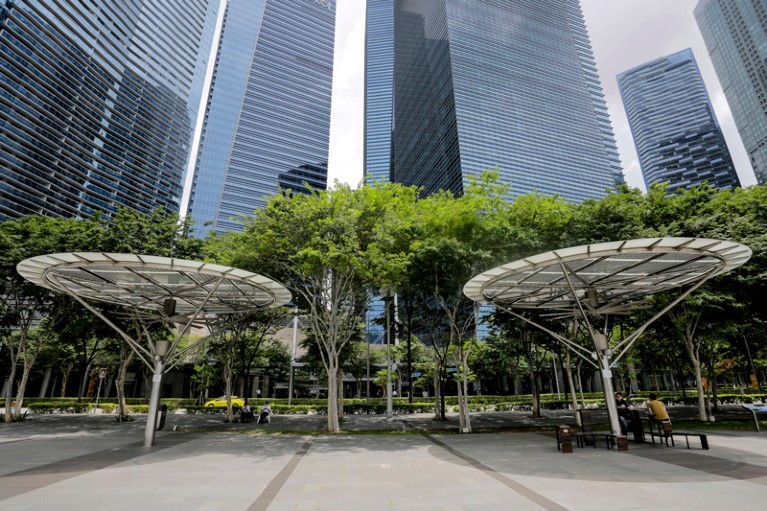
Shade canopies in the financial district of Singapore.Credit: Wallace Woon/EPA-EFE/Shutterstock
Since the 1990s, public-health officials have been calling for shade audits to be integrated into planning to prevent skin cancer caused by UV light8. In response, public-health groups in a handful of places have published guidelines for shade planning and design, including the city of Toronto in Canada, the state of Queensland in Australia and the whole of New Zealand. For example, a 2007 shade-creation policy from the Australian Institute of Environmental Health recommends providing shade along cycleways and in parks, playgrounds and outdoor dining areas using trees, roofs and shade structures.
Phoenix, which regularly experiences almost 200 days above 32 °C, has been in the vanguard of recognizing the importance of shade. It was the first city to publish, in 2010, a Tree and Shade Master Plan, which originally called for a blanket 25% increase in tree canopy, targeting heat-vulnerable communities. A handful of cities, including Tel Aviv, Abu Dhabi and Singapore, have followed suit. Singapore requires plans for public spaces to show that at least 50% of the total area and seating are shaded at 9 a.m., 12 p.m. and 4 p.m. in midsummer.
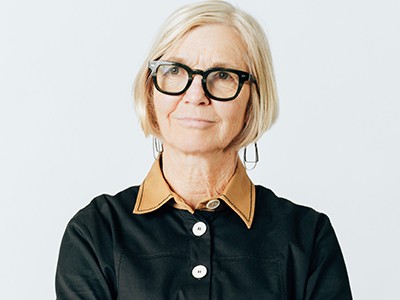
Suburbs are a climate disaster, but they can be redeemed
Shade has also been integrated into other municipal policies, such as in a floodwater management programme in Tucson, Arizona, that promotes trees and other vegetation. Centring shade in planning and policy is, however, still the exception. A study involving two of us (V.K.T. and A.M.) that scrutinized 175 municipal plans for 50 major US cities found that only 20% included shade as a heat-mitigation strategy9. Federal policies are similarly lacking. For instance, the chapter on cities in the US Fourth National Climate Assessment in 2018 mentions shade once, in a figure caption10.
This must change. As cities worldwide update their plans to address heat, many more should have clear strategies for providing adequate shade, including criteria for evaluation and a dedicated person responsible for implementation. Researchers need to provide cities with data to help make these plans.
Tailor shade to context
Cities that establish shade plans must go beyond the current focus on trees. Of the municipal plans in major US cities that mentioned shade in our review, 75% included trees as a shading strategy, 10% included shade structures and none mentioned buildings, walls or other built features9. Although urban trees are a crucial component of heat governance and have benefits to ecosystem services and health, they come with trade-offs, such as irrigation requirements and the potential to damage other urban infrastructure. Complementing them with built features improves shade coverage. For example, the city of Tempe has introduced solar-panel canopies at Arizona State University that shade cars and people while generating electricity. And in Freetown, Sierra Leone, officials have installed shade covers to protect women working in outdoor markets.
Some places are starting to set more detailed shade standards. Abu Dhabi’s Public Realm Design Manual calls for “continuous shade” for 80% of primary and 60% of secondary walkways, shaded rest areas at regular intervals and 100% shade coverage for all formal play structures in public parks. Tel Aviv’s Shade Planning Guidelines recommend continuous shade on 80% of public streets, paths and walkways, and 50% shade in school playgrounds. Maricopa County in Arizona states that a “Thermally Comfortable Pedestrian Route” should have a minimum of 20% shade coverage, such that someone walking for 20 minutes can remain safe during 90% of summer afternoons.
These efforts are a start, but what is needed are more specific and enforceable guidelines across more settings. Cities require a viable and valid way to determine the optimal amount, location and mix of shade infrastructure. This approach should consider regional and seasonal climate patterns, such as cloud cover, humidity, temperature and wind. A shade plan must also involve considerations of who, what, where, when and how much shade is needed (see ‘Questions to ask when planning public shade’), as well as costs. A plan should prioritize shade that is publicly accessible along rights of way, in public parks and in transport centres. At the neighbourhood scale, establishing a minimum suggested shade coverage could help.
Scholars should work with local governments to establish such guidelines. For example, a study in Tempe involving one of us (A.M.), published in 2021, developed shade performance curves representing the heat-load reduction from structures such as trees, umbrellas, shade sails, courtyards and canyons between buildings at different times of day and on different ground surfaces2. These types of investigation can guide optimal shade selection and placement. New shade implementations should also be carefully evaluated to determine how much shade is delivered and if cooling benefits accrue.
Build shade into government
As well as audits of the physical infrastructure that produces shade, cities need an inventory of the institutional infrastructure that has jurisdiction over these features. Planning for shade is complex, because it spans local government sectors and regulatory systems involved in land-use planning, housing, education, transportation and employment. For instance, minimum shade standards in residential areas would probably involve changes to building codes for new homes, planning policies for existing homes and statutory law changes to tenants’ rights in rental dwellings.
Increasingly, a ‘whole of government’ approach is needed to ensure that regulatory bodies share a common goal. The Extreme Heat Resilience Alliance, set up by the Adrienne Arsht-Rockefeller Foundation Resilience Center in Washington DC, has supported the placement of ‘chief heat officers’ in six cities worldwide. Phoenix and Los Angeles have appointed a municipal staff member to similar positions to coordinate local action on heat.

How to stop cities and companies causing planetary harm
City efforts need better federal support. The Excess Urban Heat and Mitigation Act being considered by the US Congress would provide grants for efforts to combat urban heat, but does not include direct Sun exposure among the factors contributing to it. It will be difficult to prioritize Sun-blocking strategies without this recognition.
Institutional inventories would also help to identify and address systemic barriers. For example, a school might find that installing a shade canopy or planting trees is not permissible if it runs counter to safety or accessibility legislation. It is important not to make something as simple as shade-building financially or legally impossible.
Shade plans should pay attention to policies and practices that perpetuate inequities in shade access and heat exposures, and work to reverse them. Many tree-planting programmes are grant-based and the communities that need shade the most might lack the resources to apply for funding, further widening the shade gap. Considering household and community resources — such as access and ability to pay for indoor cooling — can help to determine the most heat-vulnerable groups in shade deserts, and thus pinpoint where to act first.
Critics might say that no amount of shade will help people to survive in the most extreme heat conditions. But, like drinking water, shade provision is an essential preventive measure, not an emergency one. As global temperatures rise and cities grow, the capacity for cities to deliver safe and equitable outdoor conditions without explicitly managing shade will become increasingly difficult. We envision a future in which every home and public space offers beautiful and inviting shade structures that help communities to coalesce, socialize and survive.
